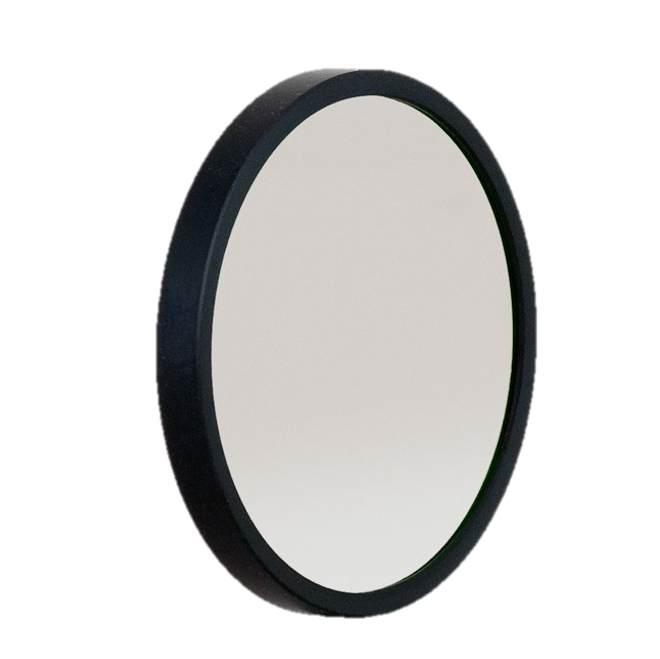Astronomik L-2 UV-IR Blocking Filter - 36 mm Round
Astronomik UV-IR Blocking Luminance Filters
In order to produce an exceptional final image, the Luminance channel is probably the most crucial. The filter should feature the highest possible transmission with a wide spectral bandpass so you get as much signal as is viable. This combination enables impressive sensitivity and provides you with the greatest pixel photon counts. While the high transmission level is an excellent feature of Astronomik's new Luminance filters, not all optical instruments, or supplemental optical devices such as correctors, field flatteners, or reducers, enjoy perfect color correction. Thus the Luminance filter's spectral bandpass width can be an issue. A band pass with too much width enables the transmission of light that is not completely focused (chromatic aberration), making stars display as soft or bloated. In such instances image processing can be challenging. Therefore, having a marginally narrower spectral window in your Luminance filter can lessen or even do away with this detrimental effect altogether.
Astronomik has recently expanded their Luminance filter line to provide you with all the tools needed to gather the best possible data. Now you can select the Luminance filter best equipped for your specific telescope system to get the highest signal with the most clear image for Luminance channel.
The spectral window width you choose for Luminace data will be determined by the color correction of your telescope. The widest spectral window is offered by the L1, while the L3 provides the most narrow. In the middle is the L2 which is about the same as the current Astronomik L-Filter.
For optical systems that are totally free of chromatic aberration, the L1 filter is the best option. When working with most optical systems using a correcto, flattener, or reducer in the optical train for common use, the L2 is your choice. Lastly, for users with refractors that feature less than perfect color correction, the L3 filter works best. Also, the L3 can combine with Astronomik's new Deep-Sky RGB filters to lessen the bluish halo effect around stars.
The transmission curve characteristics and coatings on the new Luminance filters have been designed and engineered in such a way that no halos or reflections will be visible. Even with bright stars in the field of view you will be able to reveal the faintest structures in galaxies or nebulae.
Like all Astronomik Filters, the new Luminance filters are made using an extremely durable and scratch resistant coating, deposited on the finest polished optical substrate, which is free of any striae or internal strains. All substrates are made to exactly the same thickness, so all Astronomik filters are parfocal.
Astronomik UV-IR Blocking Luminance Filter Highlights
- Parfocal with all available Astronomik filters
- Provides complete resistance to the impacts of scratching, aging, and high humidity
- Diffraction limited, this filter will not lower your telescope system's optical efficiency
- Astronomik filters are delivered with a durable, superior quality plastic filter box


